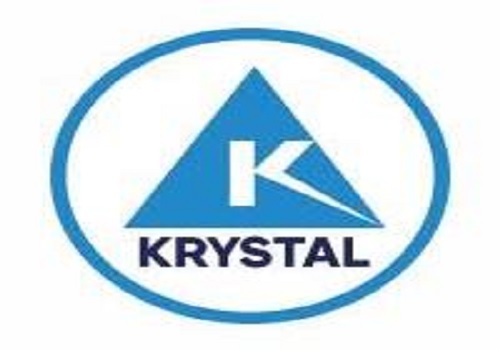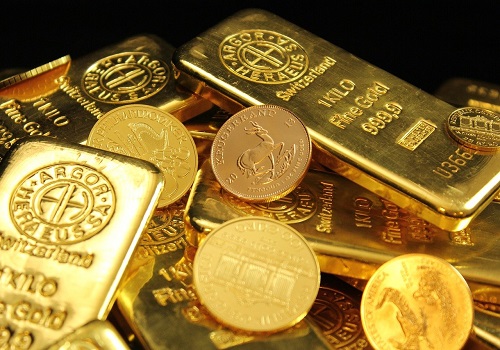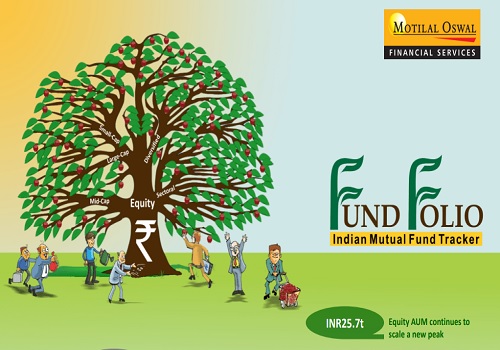Multi Asset Allocation Funds Consistently Outperform General Equity Schemes: Ventura Securities

According to a report by Ventura Securities, an analysis of 25 multi-asset funds reveals that they have outperformed the majority of general equity schemes in one, three- and five-years span. These funds stand out for their capacity to deliver competitive returns across multiple asset classes, providing a diversified investment approach that many single-asset equity funds lack. Multi Asset Allocation Funds are gaining popularity due to their ability to diversify across asset classes, offer tax benefits, and deliver better risk-adjusted returns.
“Some Multi Asset Allocation Funds have outperformed most equity schemes, and all of this underlines the potential benefits of these funds. Ventura Securities' analysis of multi-asset funds underscores their potential benefits, including robust returns. These funds offer attractive options for investors seeking balanced risk-reward profiles. However, the varied performance emphasizes the importance of selecting funds aligned with individual investor objectives and risk tolerance, reinforcing the notion that "one size does not fit all" in multi-asset allocation,” says Juzer Gabajiwala - Director - Ventura Securities Ltd.
Performance of select Multi Asset Allocation Funds and the percentage of equity schemes, each has outperformed
The Multi Asset Fund from Quant AMC has shown a notable performance, outperforming approximately 79% of equity schemes based on its 3-year returns and 86% over a 5-year period. Its allocation strategy, despite a controlled equity exposure of less than 51%, has proven successful in surpassing the returns of numerous equity funds. ICICI Prudential Multi Asset excelled, outperforming 63% of equity schemes' returns over a 3-year period and nearly 50% over a 5-year timeframe.

Asset Allocation strategies across all 25 Multi Asset Allocation Funds
The allocation strategies that exist across 25 multi-asset allocation funds show a huge variation, heavy on equity and debt along with a mix of gold and silver, arbitrage and other alternative assets. This diversity underscores the fact that "one size does not fit all" as each fund follows a distinct strategy tailored to different market conditions and investor objectives.

Comparison of Multi Asset Allocation Schemes against the Large Cap Category Average:

Some funds have outperformed large-cap funds by delivering higher returns with lower associated risk. The analysis of the risk-reward ratio across these schemes reveals interesting insights:
- WhiteOak delivers solid returns with minimal risk, showcasing a risk-reward ratio of 16.6 compared to the large cap’s 2.8. Its diversified asset mix - spanning Gold, Equity, Debt, REITs, and INVITs- effectively spread risk.
- Quant has a slightly lower risk-reward ratio of 16.4, closely matching WhiteOak. However, it carries higher risk due to its greater equity allocation, though it maintains a diversified portfolio.
- DSP and Shriram, with low risk-reward ratios of 7.3 and 7.0, respectively, deliver decent returns but entail relatively high risk. This highlights that some funds are more effective at optimizing returns for each unit of risk taken.
This highlights that some funds are more effective at optimizing returns for each unit of risk taken. Therefore, it’s important to select a fund that aligns with your preferred balance of risk and reward.
Conservative, Moderate and Aggressive Classification of Multi Asset Allocation Funds.

The Conservative Funds that has equity exposure of less than 35% includes only two fund houses such as Edelweiss and WhiteOak, which have minimal equity exposure. Moderately Aggressive Funds includes most of the fund houses DSP, UTI, HDFC, AXIs and etc. Aggressive funds with more that 65% equity exposure include 5 fund houses, Bajaj Finserv, Shriram, Motilal Oswal, HSBC and Baroda Multi Asset Allocation Funds.
These funds are ideally suited for first time investors; funds for retirement and education goals etc. Let us understand with an example how these strategies can benefit individuals nearing retirement who are focused on building a stable corpus for their post-retirement years.
Assume you invest a lump sum of Rs. 62 lacs at the age of 55, with an estimated return of 10% pa. Over a period of 5 years, this investment would grow to Rs. 1 crore. At the age of 60, you begin a Systematic Withdrawal Plan (SWP) of Rs. 50,000 per month, which is approximately 6% of the corpus. To account for inflation, your withdrawal amount increases by 5% each year. Over the next 25 years, you would still retain a corpus of Rs. 50 lacs.
Thus, it makes multi asset an ideal retirement planning tool which would not only beat inflation but also offer an optimal post tax return with a balanced risk.
Above views are of the author and not of the website kindly read disclaimer
























